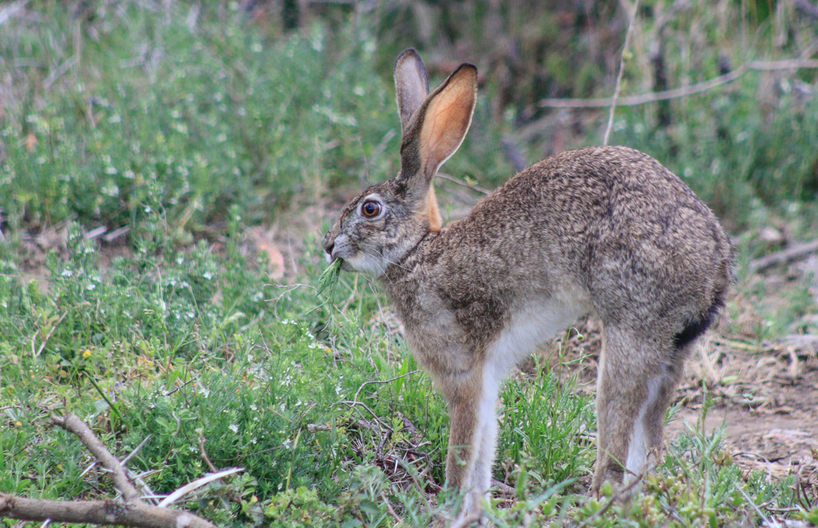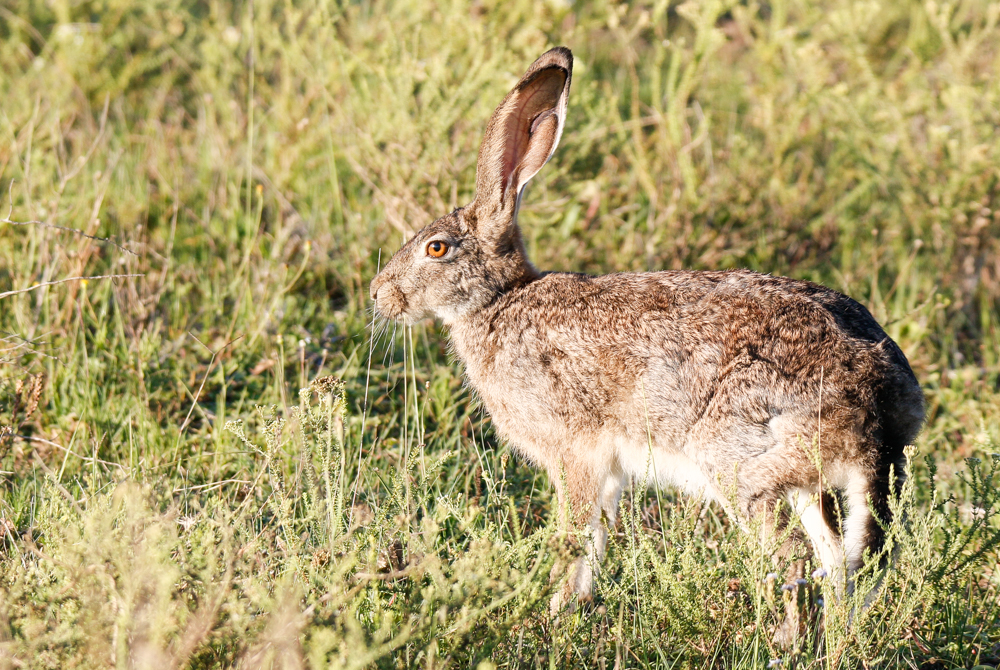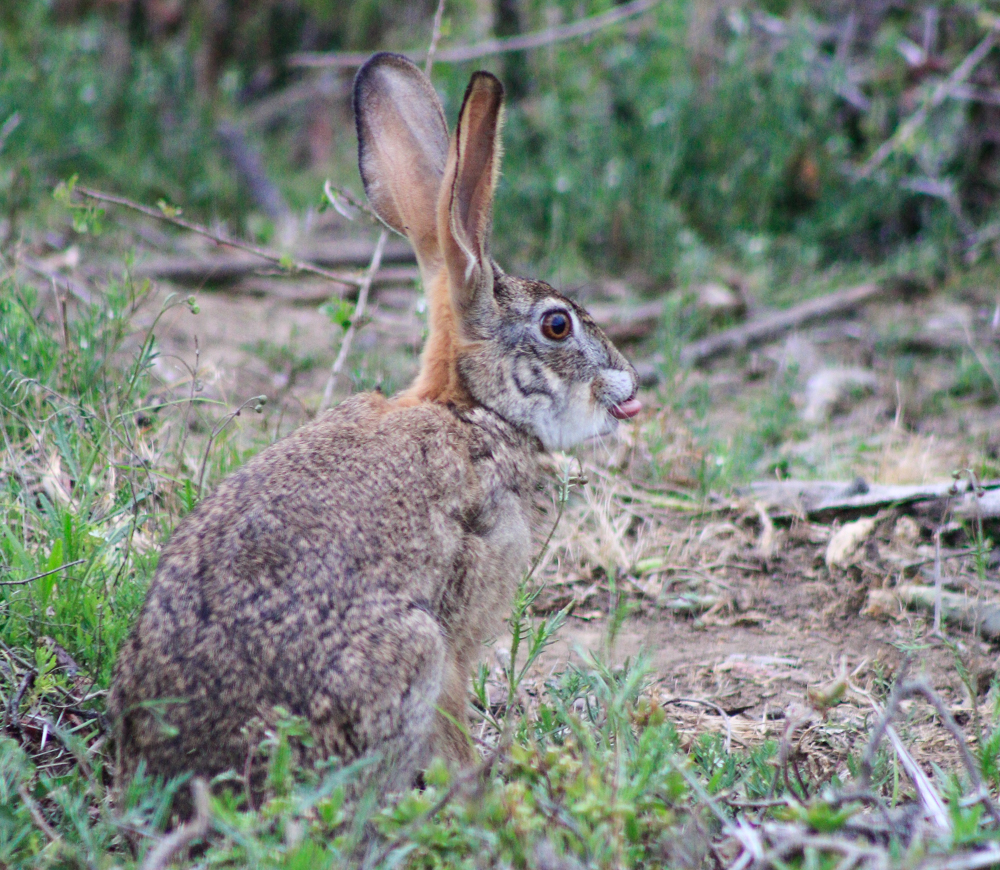Differences: Hares and Rabbits

Temperatures at Kariega during winter (May to September) are mild and the average is above 16 C (61 F). The average minimum temperature is around 10 C (51 F) but it can get colder at night. One of the benefits of a winter safari is that you may see nocturnal or night active animals during the day. Some of the more rarely seen animals that you may see enjoying the winter sun are jackals, bush pigs, aardvark and scrub hares.
Main Differences Between Hares and Rabbits
| Rabbits | Hares |
|
|
|
|
|
|
|
|
|
|
|
|
|
|
Scrub Hares in Winter Sunshine
Animals of all shapes and sizes are highly adaptable to changes in their natural environment. They can quickly adapt to a new food source if their normal food has been depleted, move to a different area to escape territorial fights or to use different hunting tactics to outsmart their prey. The scrub hares in these photos have also adapted to feed at a different time of day to enjoy some warm winter sun.
Did you see any nocturnal animals enjoying the winter while on safari at Kariega Game Reserve? If so, please add your comments below or add them on our Facebook page, via Twitter or on Instagram. We look forward to hearing from you.
Photographs thanks to Jone Haesslich.











